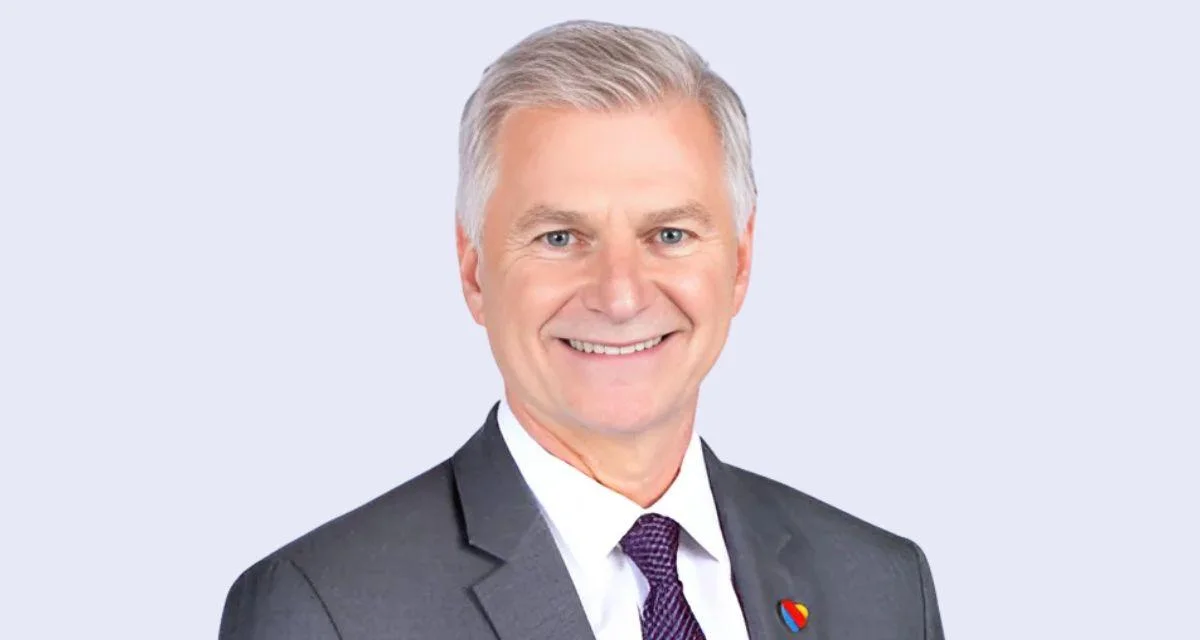The FAA announced in 2023 that all newly delivered commercial passenger aircraft must be fitted with lightweight, retractable gates outside the cockpit. This followed advocacy from pilot unions who argued that additional protection was necessary whenever the cockpit door was unlatched during flight. The rule does not apply to existing fleets, but pilot groups continue to urge Congress to require retrofitting older planes.
Justin Jones, Executive Vice President for Operations at Southwest Airlines, stated, “We felt like we could get it done and put it in production as soon as the aircraft was ready.”
After the September 11 attacks in 2001, the FAA adopted stricter standards for cockpit doors and required them to remain locked during flight except for authorized access. Despite these measures, pilot groups highlighted a continued vulnerability when doors were briefly opened. According to Reuters reporting on statements by the Air Line Pilots Association, there have been at least 52 hijacking attempts worldwide since 2001, underscoring ongoing security concerns.
Congress passed legislation in 2018 directing the FAA to require installation of secondary barriers on new aircraft. Although rules were supposed to be finalized by 2019 under this law, procedural delays pushed final adoption until 2023. The requirement officially took effect in August 2025.
Former U.S. Transportation Secretary Pete Buttigieg said at the time of announcement that this move was “an important step to make sure [pilots and crews] have the physical protection they deserve.” However, airlines cited challenges such as lack of certified designs and installation procedures as reasons they could not comply immediately and requested more time.
In July, just before implementation began, the FAA extended its compliance deadline by one year—now set for July 2026—to allow airlines sufficient time for certification and installation work. As a result, most carriers are waiting until closer to that date before adding secondary barriers across their fleets.
Southwest Airlines operates as a low-cost carrier with hubs including Baltimore/Washington International Thurgood Marshall Airport; Dallas Love Field; Denver International Airport; Harry Reid International Airport; Hartsfield-Jackson Atlanta International Airport; Houston Hobby Airport; Los Angeles International Airport; Midway International Airport; Oakland International Airport; Orlando International Airport; and Phoenix Sky Harbor International Airport. The airline was founded in 1967 and uses IATA code WN and ICAO code SWA.
 Alerts Sign-up
Alerts Sign-up






















